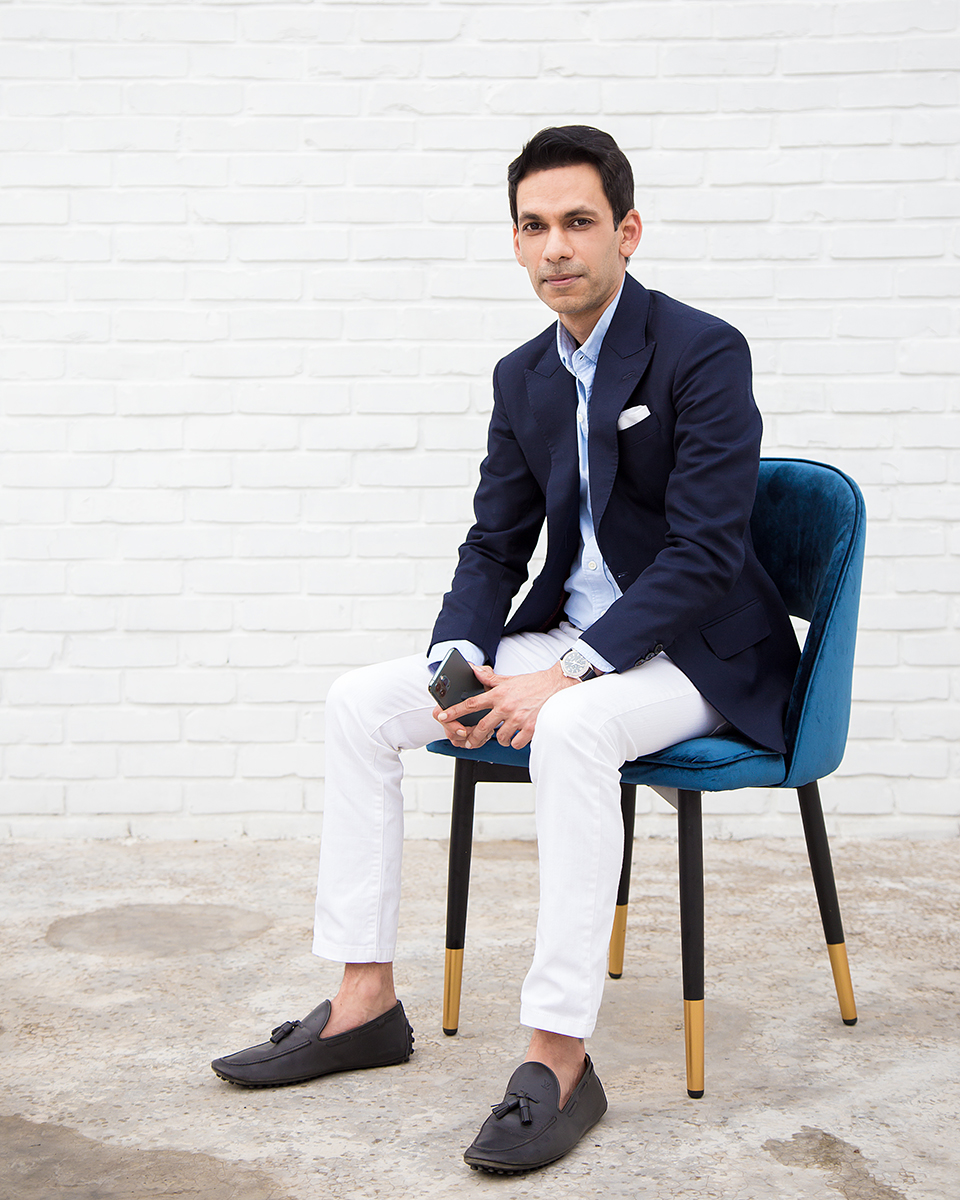Rancon Redefines luxury Living

Offering an unmatched lifestyle with the largest and most exclusive apartments,
It is actually passion with inherent aesthetic sense that led Mr. Sajid Karim, though not an architect by profession, to the business of building luxurious apartments. Thus, RANCON has chosen ‘to operate exclusively in the luxury segment, and as such, are limited to prime localities across Gulshan, Banani, Baridhara, and Dhanmondi in Dhaka city. “We opt to be selective in our projects and seek clients through invitation,” he says.
RANCON’s landmark project, Artisti Residences, is an expression of its philosophy that has set the benchmark for luxury living in the country. It, the developer adds, houses the largest and most expensive apartments ever sold in Bangladesh. “It is a project that was aimed to be positioned above mere luxury and closer to an enlightening experience for an independent home, featuring the finest in creature comforts,” he says. At the time of Artisti’s commencement, he recalls, their ‘only method of promotion’ was word-of-mouth and reputation for the craft. The RANCON chief is confident their projects continue to speak volumes of their commitment and workmanship, and that is how they attain an edge over other competitors. “We pride ourselves on the capacity to express ideas and concerns across the table, our peerless knowledge of the trade, and our reputation for honest conduct.”
RANCON operates
exclusively in the
luxury segment, and
as such, are limited to
prime localities across
Gulshan, Banani,
Baridhara, and
Dhanmondi in Dhaka
city
Overall, he goes on to say, RANCON’s “genre is characterized by modern, elegant, and luxury-oriented facilities and internal space planning.” They emphasize enhancing the use of space and function inside. “This segment of the craft is often overlooked by most,
Someone who has huge exposure to foreign education, he explains that unlike the many disciplines of architectural styles, which are yoked by national and cultural identities, neo-modernism is one that has managed to surpass all that. It remains a universal property, he believes. “It is this concept and its mass approachability that has inspired us to initiate an artistic movement that results in functional and individualistic art across Bangladesh’s urban landscape,” he notes. “In fact, our projects curate individualistic lifestyles and embody the most that a location has to offer.”
Mr. Sajid Karim is optimistic about the real estate sector in Bangladesh, taking into consideration “the booming middle-class and its impact upon the average standard of living.” Bangladesh’s gross domestic product (GDP) is on rise since the 1980s and the per capita GDP in terms of purchasing power parity (PPP) rose by almost 200 per cent (191.419%) in the past 15 years. “This key performance marker directly translates into opportunities of expansion and product deployment for us,” he says adding that the real estate sector has shown notable progress in the last few years.

The entrepreneur, however, sees the darker picture in “a lack of structured and uniform data, which does not assist real estate firms like us in establishing demand and supply parameters.” An oversupply of apartments may have put certain price pressure on RANCON but what Mr Sajid Karim found more troubling is the unusually high mortgage/home loan interest rates. “Expanding and/or streamlining financing options should help the general population in availing what otherwise would be quite difficult to achieve.”
For providing people with housing facilities, Mr. Sajid Karim does not consider population as an alarming concern as the nature of Bangladesh’s real estate market is very different, characterized by singular level, as opposed to community development of urban planning in foreign markets. “Unlike our foreign counterparts, we are not subjected to the luxury of designing with a large parcel of land at our disposal. Properties in general are defined by a lack of space, and as such, it is up to our ingenuity to attempt to exploit the most out of a project,” he says. “Land-size restrictions mean that we are bound to build high-rises with amenities ranging from in-house bistros to swimming pools and fitness centers.”
Dhaka, the megacity of growing people, has exhausted much of its space in the last few years, observes the entrepreneur. “A spike in property prices, in addition to the rising cost of construction, only makes sense to decentralize operations and expand to other regions/cities that still have much to offer in terms of urban development… We feel that our philosophy is geared to appealing rising generations as we strive to incorporate innovative solutions into our offerings, whether through the use of novel and cutting-edge materials or implementation of a greener and more sustainable design language.”


